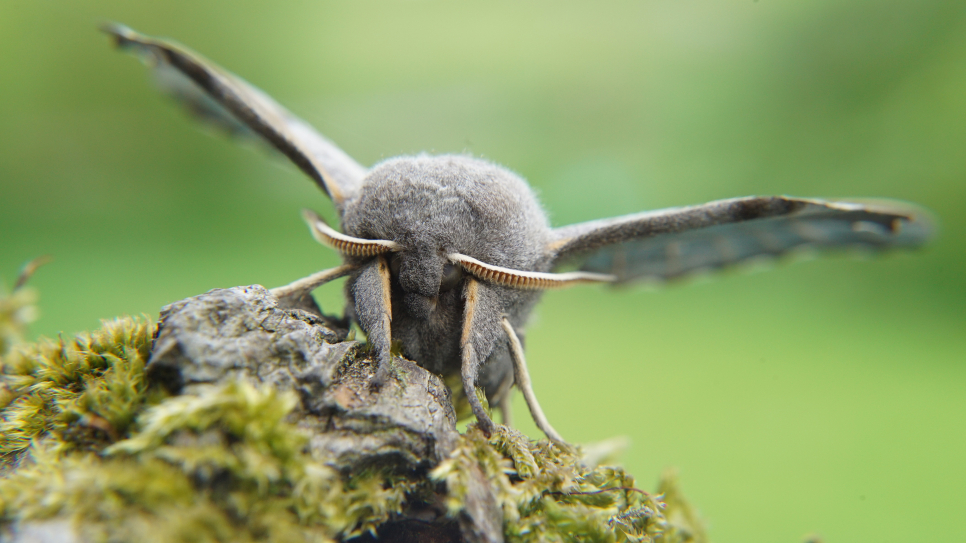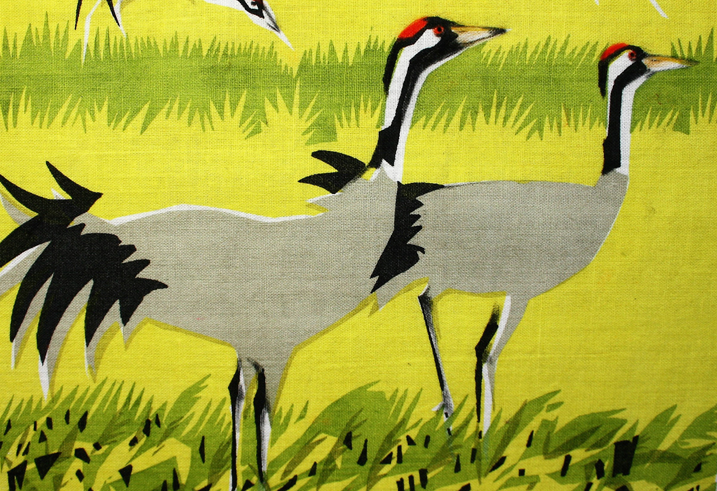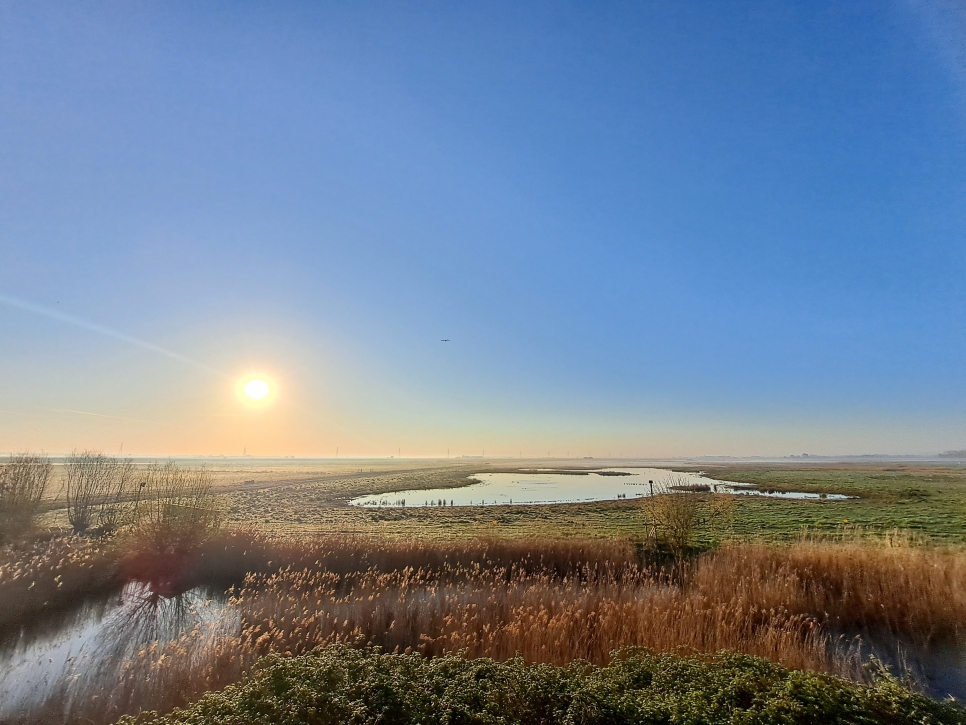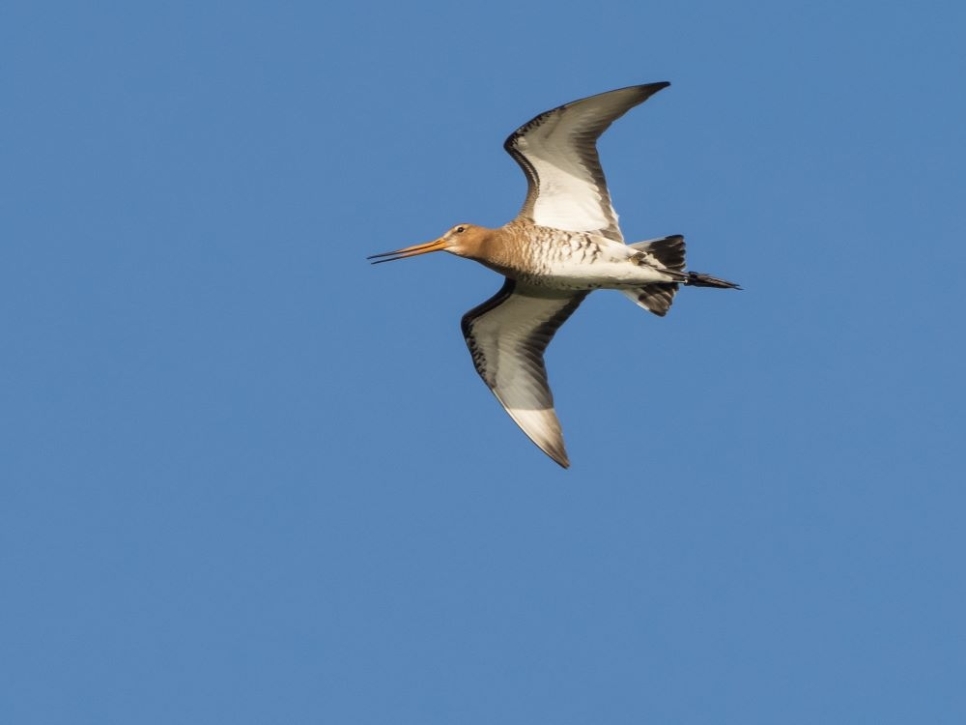Meet our Moths
Dates: Every Tuesday, April-October
Time: 7am, meet the guide at the trap - follow the centre round past the entrance doors
9.30am, a selection of species are available at the welcome desk until early afternoon
Cost: Included as part of normal admission cost (free for members)
Each Tuesday morning we check our light trap to see what species have been attracted from the night before. This is part of our reserve survey work, but is also a great opportunity to share these wonderful insects with our visitors.
Did you know some species of moth are garden heroes, pollinating plants by night? Some species can't feed at all having done all their munching as a caterpillar, their goal is to find and mate and lay eggs for the next generation. Either way they play a vital role in our native ecosystems as food for bats, birds and other insects. Often these hidden gems go unnoticed, when they is a great variety of shapes, sizes and colours to be admired.

Seasonal highlights:
April - Starting small, the first few species are on the wing perfect for those new to moths. Ruby tiger, brindled beauty, muslin, angle shades, pebble prominent, flame shoulder and the herald are just some of the possible catches.
May-June - Activity ramping up in number and size. Best time to see a variety of hawkmoths - some the the largest species. Potential for rare wetland specialists like goat moth or cream-bordered green pea as well as some garden favourites like burnished brass and buff ermine.
July-August - Warm, muggy, cloudy evenings result in the most activity with the potential for hundreds of individual moths in and around the trap. Maximum species numbers can be seen now - from small single-dotted wave to the large red underwing.
September-October - Autumnal highlights await, the number of species and individual moths might be dropping but we still have marvellous moths like canary-shouldered thorn and pink-barred sallow.

Tips and advice:
Our guides are happy to talk through the methods we use to encourage moths so we can survey them, how you can help and appreciate moths at home as well as materials to further your interest.



